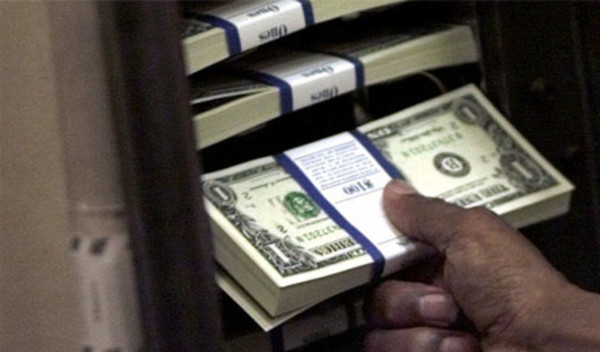

Having started my investment career in 2000, I’ve seen too many savage bear markets. That makes me a worrier. Today, like most market participants, my fears centre on interest rate rises.
Over the years, I have been fortunate enough to work with many talented investors; I am confident many have taught me at least one nugget of useful information. One ex-colleague combined a talent for reading markets with expressive comments. On many an occasion while I was digging myself into another black hole he would utter: “Well if you want to commit career suicide, go ahead.” I wonder if central bankers worry in the same way about their careers and legacies?
All of the column inches and hours of discussion that have been dedicated to the expectation of a 25 basis point move in interest rates turned out to be wasted earlier this month, with the outcome ending in a not so surprising ‘no change’. Is Janet Yellen learning from her predecessors? Recalling previous cycles, we can see some familiar themes.
As oil prices fell during 1986, inflation slowed and market participants were worried about growth, which led to interest rates being left on hold for an extended period. (Sound familiar?) This easy monetary policy contributed to an increase in inflation – and a ‘bubble’ in stockmarkets. When rates were eventually increased, equities plummeted, and the US Federal Reserve was forced to reverse course, moving rates down once again.
Fast forward to the next cycle during the 1990s, when many Asian countries had their currencies pegged to the dollar. (Sound familiar?) As interest rates rose in the US, the ability to maintain those pegs was strained. Thailand buckled first, devaluing its baht. The ensuing crisis led to the collapse of Long-Term Capital Management, a hedge fund that then had to be saved. This led to planned rises being shelved. Once again equity prices formed yet another bubble into the final two years of the 20th century. (Sound familiar?)
Thus it is easy to see the Fed’s dilemma. It doesn’t want to go too early and be forced into backtracking – my former colleague’s “career suicide” – nor does it wish to see ‘engineers of financial bubbles’ as its legacy.
One would have expected the delay in hiking rates would have been well received by markets, as every sign of them being raised has elicited the opposite reaction. Unfortunately not. Why? An increase has clearly been signalled to come at some point in 2015, with many expecting it to be at this meeting. It is worth remembering the market’s greatest fear: uncertainty. Even some emerging markets have been calling for the Fed to increase rates to remove the fear of the unknown.
For now, the risks remain elevated in financial assets. If a few years of easy monetary policy led to the falls seen on the original Black Monday, the nine years since the last interest rate rise in the US could be even more damaging. With two meetings left to fulfil expectations of a rate rise this year, it appears the market is finally looking for some confirmation that growth is strong enough to be self-sustaining. A gentle increase should be welcomed by investors.
Paul Surguy, discretionary fund manager, Kleinwort Benson




